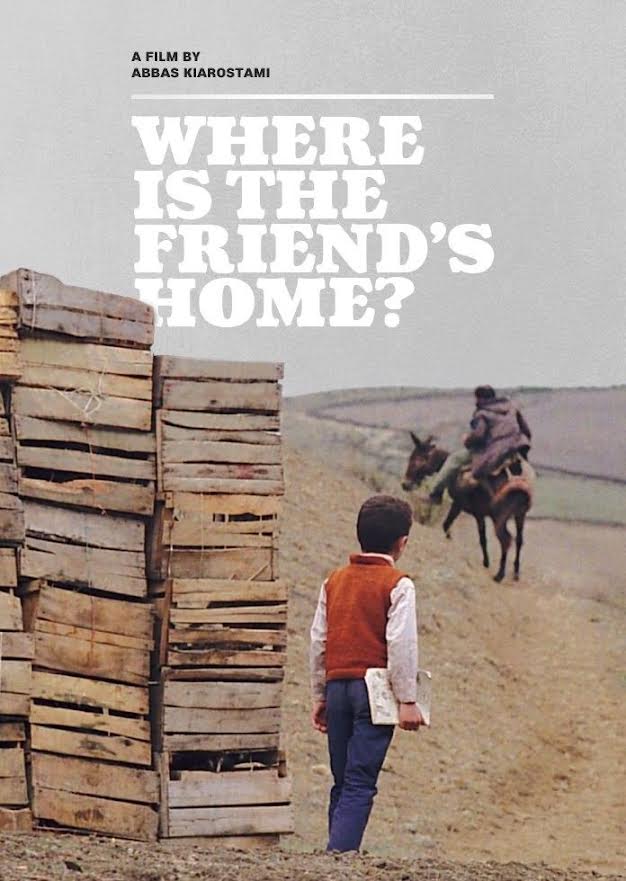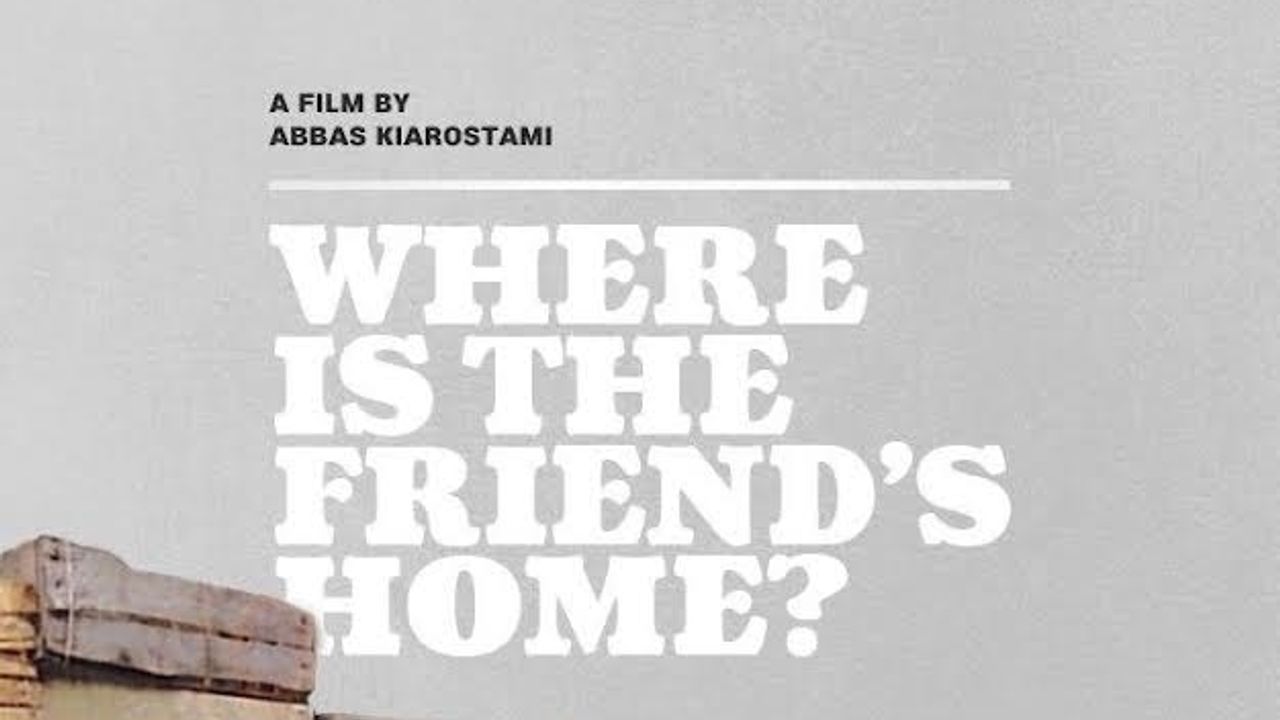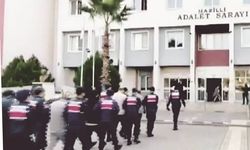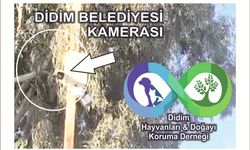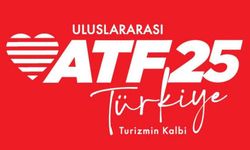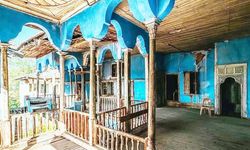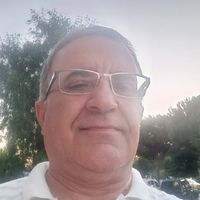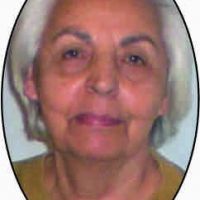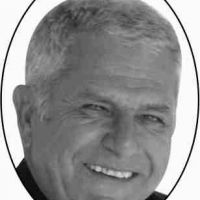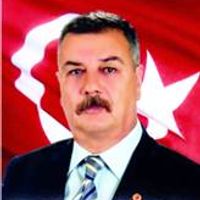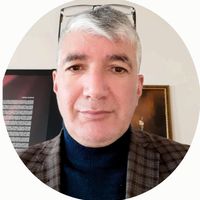Iranian director Abbas Kiarostami is also a painter, photographer, and poet. His versatile relationship with art has made his films rich and layered in terms of viewing pleasure. Kiarostami, who likes to capture moments in the simple flow of life and show their story. So, I think, Where Is My Friend's House best describes his style.
Having worked in many different jobs, Kiarostami was an illustrator for children'sbooks in his youth. Still young, before he started making films, he founded the filmmaking department at the Institute for the Mental Development of Children and Youth, where he interacted with a large number of children and young people.
As an effect of this, he found the lives of children and their troubles, which are often ignored by adults, interesting and included them in his films.
The movie Where Is My Friend's House is the story of Ahmed, who accidentally takes his classmate's notebook to his house, and tries to deliver the notebook to him because he does not want his friend to be punished.
Ahmed knows the name of his friend's village but does not know where his house is. Despite his family's hindrance, he feels responsible and goes to that village, which is far from his own village and asks people about his friend's house.
In Ahmed's journey from his own house to his friend's village, we see the lifestyles of the villagers and their outlook on life. By following a small child in this poor region of Iran, we witness different lives and cultures.
Ahmed's troubles are worthless among the chores and bustle of adults, and he has trouble expressing himself. But his sense of responsibility is strong, he continues to look for him.
While watching the movie, you forget that you are watching something fictional. As in Kiarostami's other films, the casting is very natural in this film. Everything is very real, from the trouble of the child actor to the situation of the villagers. In fact, this story, which can be called simple, takes its beauty from this naturalness and sincerity.
Ahmed can't find his friend's house and we look forward to what will happen in class the next day. We fear that Ahmed's friend will be punished, but we think that it must be the result of all that search. In the last scene in the classroom, that tiny simple scene, we see that Kiarostami is a director who never compromises on hope.
Samed Behrengi – The Little Blakck Fish
“…I want to know if life is simply for circling around in a small place until you become old and nothing else, or is there another way to live in the world?
…Mother, don't cry for me. Cry for the old fish who stay behind.”
I'm going to tell you about a book that is impossible for me to describe without personalizing, even though I'm afraid it might sound too emotional. The book is closely tied to a memory of my 13-year-old.
Little Black Fish was the gift of a warm smiled boy who is new to our class, İsmail, who started our friendship, which unfortunately won't last long. “A children's book?” I told Ismail when I saw the book, he just wanted me to read it. Reading the book made me want to hug İsmail first.
It was a difficult move for that age, of course, I just thanked him and brought him My Sweet Orange Tree book. Before I went on summer vacation, I broke Ismail for a childish reason; I didn't know I would ever get a chance to apologize. We've all grown. İsmail is on his bike that summer vacation, always 13 years old…
Besides the sad moment in which the book is related to my personal life, the book actually has a dark story about the life of its author. Samed Behrengi, an Iranian teacher and children's book author, was killed by the government for his writing and advocacy.
At least no one believed that he drowned while swimming in the river, everyone argued that it was a murder. Criticizing the oppressive government in Iran, Behrengi thought that as a teacher and writer, the struggle against the oppressive regime could be possible by giving hope to children.
Behrengi, who was only 28 when he died, is not only about children and the oppressive political environment; he left warm books that give courage and hope to everyone and in every subject.
The Little Black Fish is the best known of these books. This book will make you feel the joy of reading a children's story, you will be very excited about the adventure of Little Black Fish, and despite its undeniable sadness, the end is full of hope!
How can the story of a fish leaving the small lake it lives in and sailing into the sea, despite all its fears, not be full of hope?
The book is still on the list of banned books in Iran today, perhaps because the most feared emotion of oppressive governments is "hope" and "freedom". I would recommend this encouraging short children's book to anyone who wants to read a good book to the child in them or next to them. So maybe I could have apologized to him by passing on Ismail's advice to others.
HABERİN TÜRKÇESİ
Dünya edebiyatı ve sinemasından etkileyici örnekleri bir arada incelediğimiz yazılar serisine hoş geldiniz! Bu hafta en sevdiğim film yönetmenlerinden Abbas Kiyarüstemi ve yazar Samed Behrengi ile karşınızdayım. İkisinin de benim için ayrı bir yeri var ve bu aynı ülkenin sinema ve edebiyatına bütüncül bir yaklaşım sunuyor.
Abbas Kiarostami – Arkadaşımın Evi Nerede
İranlı yönetmen Abbas Kiarostami aynı zamanda ressam, fotoğrafçı ve şairdir. Sanatla olan çok yönlü ilişkisi, filmlerini izleme zevki açısından zengin ve katmanlı hale getirdi. Hayatın basit akışındaki anları yakalamayı ve hikayelerini göstermeyi seven Kiarostami. Bu yüzden, Arkadaşımın Evi Nerede'nin tarzını en iyi şekilde anlattığını düşünüyorum.
Birçok farklı işte çalışan Kiarostami, gençliğinde çocuk kitapları çizeriydi. Henüz gençken, film çekmeye başlamadan önce Çocuk ve Gençlerin Zihinsel Gelişimi Enstitüsü'nde film yapımcılığı bölümünü kurdu ve burada çok sayıda çocuk ve gençle etkileşim kurdu.
Bunun bir sonucu olarak da yetişkinlerin çoğu zaman görmezden geldiği çocukların hayatlarını ve dertlerini ilginç bulmuş ve filmlerine dahil etmiştir.
Arkadaşımın Evi Nerede filmi, sınıf arkadaşının defterini yanlışlıkla evine götüren ve arkadaşının cezalandırılmasını istemediği için defteri ona teslim etmeye çalışan Ahmed'in hikayesidir.
Ahmed, arkadaşının köyünün adını biliyor ama evinin nerede olduğunu bilmiyor. Ailesinin engellemesine rağmen kendini sorumlu hissederek kendi köyünden uzaktaki o köye gider ve insanlara arkadaşının evini sorar.
Ahmed'in kendi evinden arkadaşının köyüne yaptığı yolculukta köylülerin yaşam tarzlarını ve hayata bakışlarını görüyoruz. İran'ın bu fakir bölgesinde küçük bir çocuğun izini sürerek farklı yaşamlara ve kültürlere tanık oluyoruz.
Ahmed'in dertleri, büyüklerin ev işleri ve koşuşturması arasında değersiz kalır ve kendini ifade etmekte güçlük çeker. Ama sorumluluk duygusu güçlü, onu aramaya devam ediyor.
Filmi izlerken kurmaca bir şey izlediğinizi unutuyorsunuz. Kiarostami'nin diğer filmlerinde olduğu gibi bu filmde de oyuncu kadrosu çok doğal. Çocuk oyuncunun derdinden köylülerin durumuna kadar her şey çok gerçektir. Aslında sade denilebilecek bu hikaye güzelliğini de bu doğallıktan ve samimiyetten alıyor.
Ahmed arkadaşının evini bulamıyor ve ertesi gün sınıfta olacakları merakla bekliyoruz. Ahmed'in arkadaşının cezalandırılacağından korkuyoruz ama bunun tüm bu arayışların sonucu olması gerektiğini düşünüyoruz. Sınıftaki son sahnede, o küçücük basit sahnede Kiarostami'nin umuttan asla taviz vermeyen bir yönetmen olduğunu görüyoruz.
Samed Behrengi – Küçük Kara Balık
“…Hayat sadece yaşlanana kadar küçük bir yerde dönüp durmaktan ibaret mi, başka bir şey yok mu, yoksa dünyada yaşamanın başka bir yolu var mı bilmek istiyorum.
…Anne, benim için ağlama. Geride kalan yaşlı balıklar için ağla.”
Fazla duygusal gelmesinden korksam da kişiselleştirmeden anlatmamın imkansız olduğu bir kitaptan bahsedeceğim size. Kitap, 13 yaşındaki oğlumun anısına yakından bağlı.
Küçük Kara Balık, ne yazık ki uzun sürmeyecek arkadaşlığımızı başlatan sınıfımıza yeni gelen sımsıcak güler yüzlü İsmail'in hediyesiydi. "Bir çocuk kitabı mı?" Kitabı görünce İsmail'e söyledim, sadece okumamı istedi. Kitabı okurken önce İsmail'e sarılma isteği uyandırdı.
O yaş için zor bir hamleydi tabi, sadece teşekkür edip Tatlı Portakal Ağacım kitabını getirdim. Yaz tatiline çıkmadan önce çocukça bir nedenden dolayı İsmail'i kırdım; Özür dileme şansım olacağını bilmiyordum. Hepimiz büyüdük. İsmail o yaz tatilinde bisikletinin üzerinde, hep 13 yaşında…
Kitabın benim özel hayatımla ilgili olduğu üzücü anın yanı sıra aslında yazarının hayatına dair karanlık bir hikayesi de var kitabın. İranlı bir öğretmen ve çocuk kitabı yazarı Samed Behrengi, yazdığı ve savunduğu için hükümet tarafından öldürüldü.
En azından kimse onun nehirde yüzerken boğulduğuna inanmadı, herkes bunun bir cinayet olduğunu savundu. İran'daki baskıcı iktidarı eleştiren Behrengi, bir öğretmen ve yazar olarak baskıcı rejime karşı mücadelenin çocuklara umut vermekle mümkün olabileceğini düşündü.
Öldüğünde henüz 28 yaşında olan Behrengi'nin konusu sadece çocuklar ve baskıcı siyasi ortam değil; herkese ve her konuda cesaret ve umut veren sıcacık kitaplar bıraktı.
Küçük Kara Balık bu kitapların en bilinenidir. Bu kitap size bir çocuk hikayesi okuma sevincini yaşatacak, Küçük Kara Balık'ın macerası için çok heyecanlanacaksınız ve yadsınamaz hüznüne rağmen sonu umut dolu!
Bir balığın tüm korkularına rağmen yaşadığı küçük gölü terk edip denize açılma hikayesi nasıl olur da umut dolu olmaz?
Kitap hala listede
Bugün İran'da yasaklanan kitaplar, belki de baskıcı hükümetlerin en çok korktuğu duygunun "umut" ve "özgürlük" olduğu için. İçlerindeki ya da yanındaki çocuğa güzel bir kitap okumak isteyen herkese bu cesaret verici kısa çocuk kitabını tavsiye ederim. Bu yüzden belki de İsmail'in tavsiyesini başkalarına ileterek ondan özür dileyebilirdim.
HABER: EBRU GÖRMEZ
